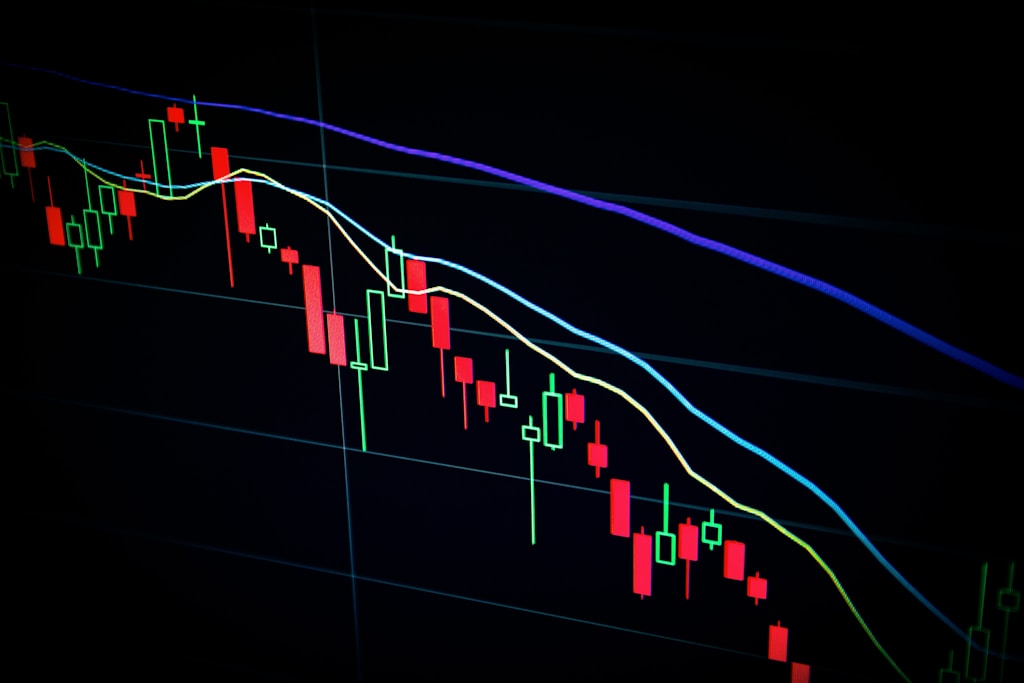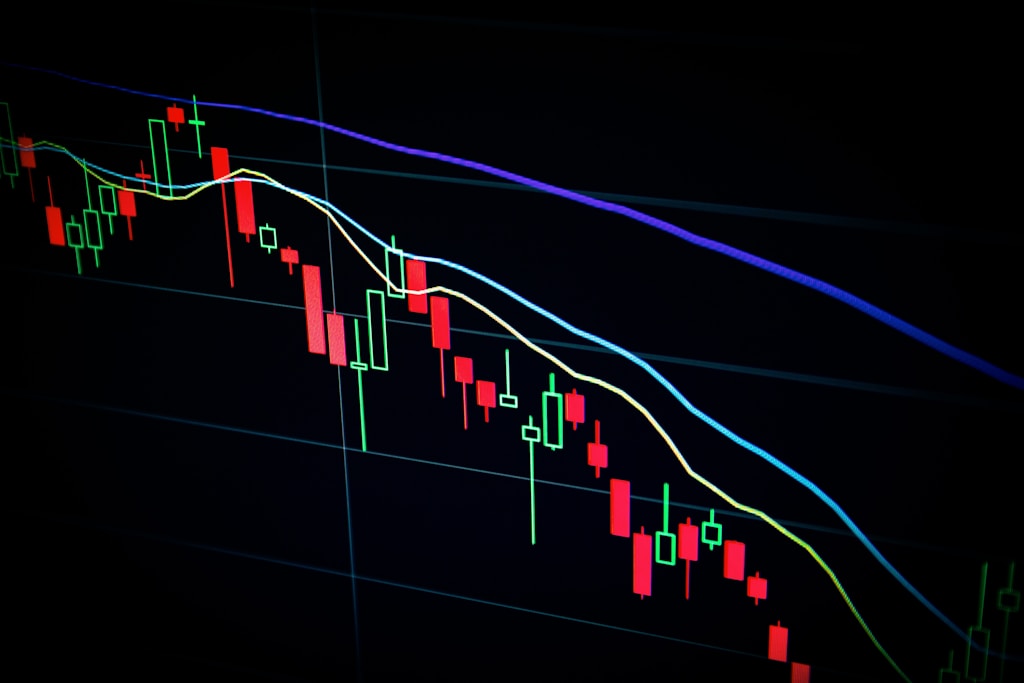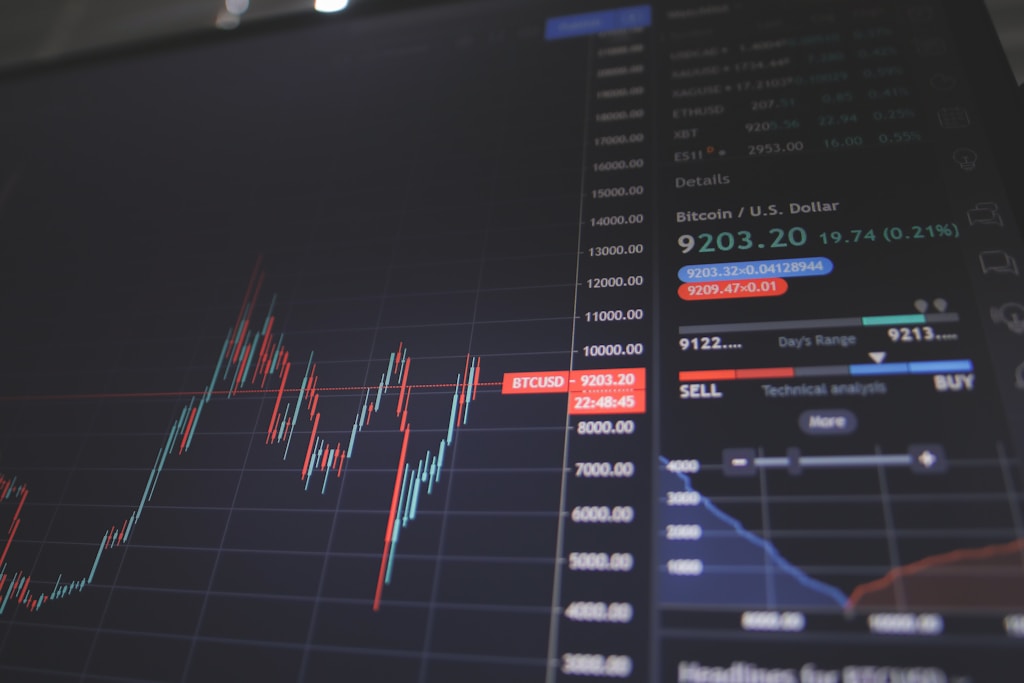Goldman Sachs has raised alarm bells in the crypto market by increasing its 12-month US recession probability to 35%, sending Bitcoin and other digital assets lower on Monday. This stark assessment comes amid mounting concerns over tariffs, weakening economic growth, and deteriorating market sentiment.
As covered in our recent analysis of Bitcoin’s price reaction to Trump tariff concerns, the cryptocurrency market continues to show increased sensitivity to macroeconomic factors.
Goldman’s Recession Warning: Key Points
- 35% probability of US recession within 12 months
- 2025 GDP growth forecast cut to 1.0% (down 0.5%)
- Core PCE inflation projection raised to 3.5%
- Unemployment forecast increased to 4.5%
SPONSORED
Navigate market uncertainty with up to 100x leverage on perpetual contracts
Impact on Crypto Markets
Bitcoin’s price dipped to $83,230 following the news, reflecting the asset’s growing correlation with traditional market risk factors. However, industry experts remain divided on the long-term implications for crypto assets during a recession.
Expert Analysis: Mixed Outlook
BlackRock’s Global Head of Digital Assets, Robbie Mitchnick, suggests that a recession could actually benefit Bitcoin through increased fiscal spending and monetary stimulus. This aligns with BlackRock’s broader perspective on Bitcoin’s role in the global financial system.
FAQ Section
How does a recession affect Bitcoin price?
Short-term: Potential downward pressure due to risk-off sentiment
Long-term: Could benefit from stimulus measures and monetary policy response
What are the key recession indicators to watch?
– Yield curve inversion
– GDP growth rates
– Unemployment figures
– Consumer confidence metrics
Market Outlook
While immediate market reaction has been cautious, institutional interest remains strong, as evidenced by recent developments. Traders should monitor both traditional economic indicators and crypto-specific metrics for potential market direction.





